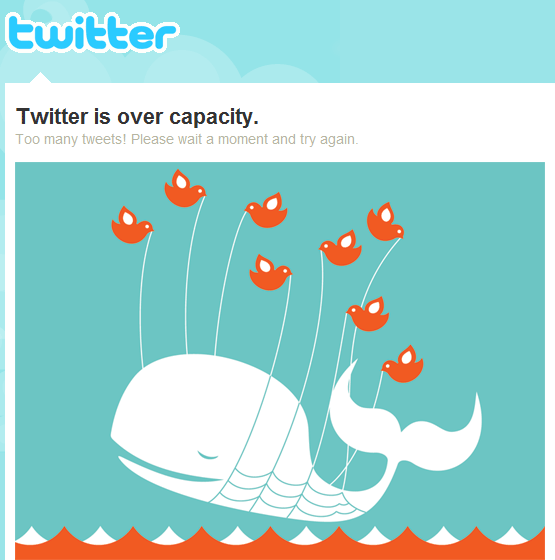Tying Metcalfe and Moore’s Law Together
Let’s take a brief second to understand how these two laws overlap in a real-world example to better understand the implications for the case of traditional print media. We now know that both Metcalfe’s and Moore’s Laws are exponential in nature which, to drastically simplify, means they increase very quickly in a short amount of time.
Craig’s List
In 1995, Craig Newmark began sending emails to a list to friends featuring events in the Bay Area. By 1996, he had moved to make the emails a web-based service. At that time, server space was very expensive to rent so the site was initially limited in the cities it would support. As word of mouth grew, more people started using the website and the demand for the service took off.
Here is where Metcalfe’s Law comes into play – the more people that join the network, the network becomes exponentially more valuable. If nobody used Craig’s List, it would have quickly died off and been buried in the graveyard of web properties following the dot com bust in the early 2000s. But the site was incredibly useful (albeit ugly) and people flocked to it in droves.
So for a digital property to grow very fast, it has to have the ability to do what technologists call “scale”. Scaling means the technology or company can handle massive growth in a short amount of time. For websites it often refers to the ability of a digital property to handle traffic where more and more users are accessing and uploading content. (You may remember the scene from the movie The Social Network where Mark Zuckerberg screams at his partner, “Facebook doesn’t crash!”).
When sites’ crash they come under tremendous loads of traffic and in short it zaps the servers ability to serve up content. Twitter for example has had numerous problems in this area when major news events break and has resulted in its infamous “Fail Whale” being shown on the site.
Moore’s Law to the Rescue
What Moore’s Law does is step up and help companies afford to scale. As we covered, consumers get better technology for less cost since the infrastructure doubles every two years. In the example of Craig’s List, we see that the cost to host and serve up content falls very quickly. Which means that new users can continue to join the network in greater and greater numbers.
The cost to the entity offering the service does not necessarily increase in direct relation to the number of users joining. If your marketing a web service or company these are good problems to have.
So, these two laws are critical to intelligently discussing digital marketing.
The pace of change will not slow down. Instead, it will get faster thanks to Moore’s Law. It will lead to more and more smarter devices connected to the web. Whether your digital property grows exponentially or not will owe a huge debt to Metcalfe’s Law. If nobody was posting on Craig’s List there would be no value in going on the website (i.e. network).
What caught traditional print newspapers flat footed was how quickly people pulled away from posting classified ads in their daily paper. It was just faster, easier, and cheaper to sell stuff on Craig’s List. In addition, you can post a picture in color – all for free. This shift completely caught the newspaper industry off guard and a legacy revenue stream that had been constant for decades dried up almost overnight. The ease of use and usefulness of Craig’s List makes it an irresistible network to join (thanks to Metcalfe’s Law) as it provides tremendous value for linking up buyers and sellers and does this for free (thanks to Moore’s Law). Both of these value propositions are directly linked back to Metcalfe and Moore.
If you’re following along what jumps out at you as the major challenge with getting traction on a digital property? You should be thinking value propositions and rest easy knowing Moore will help you scale.
The sting of the early stages of Metcalfe’s Law
As you can probably guess, getting early consumers to join and participate on a network is incredibly difficult. Do not underestimate how hard it is to earn people’s attention and provide an ongoing return on investment of that simple gift.
Fortunately, a social scientist that grew up in the Depression and started studying seed farmers provides us a good outline for combating the early sting of Metcalfe’s Law and getting it to work in our favor.
